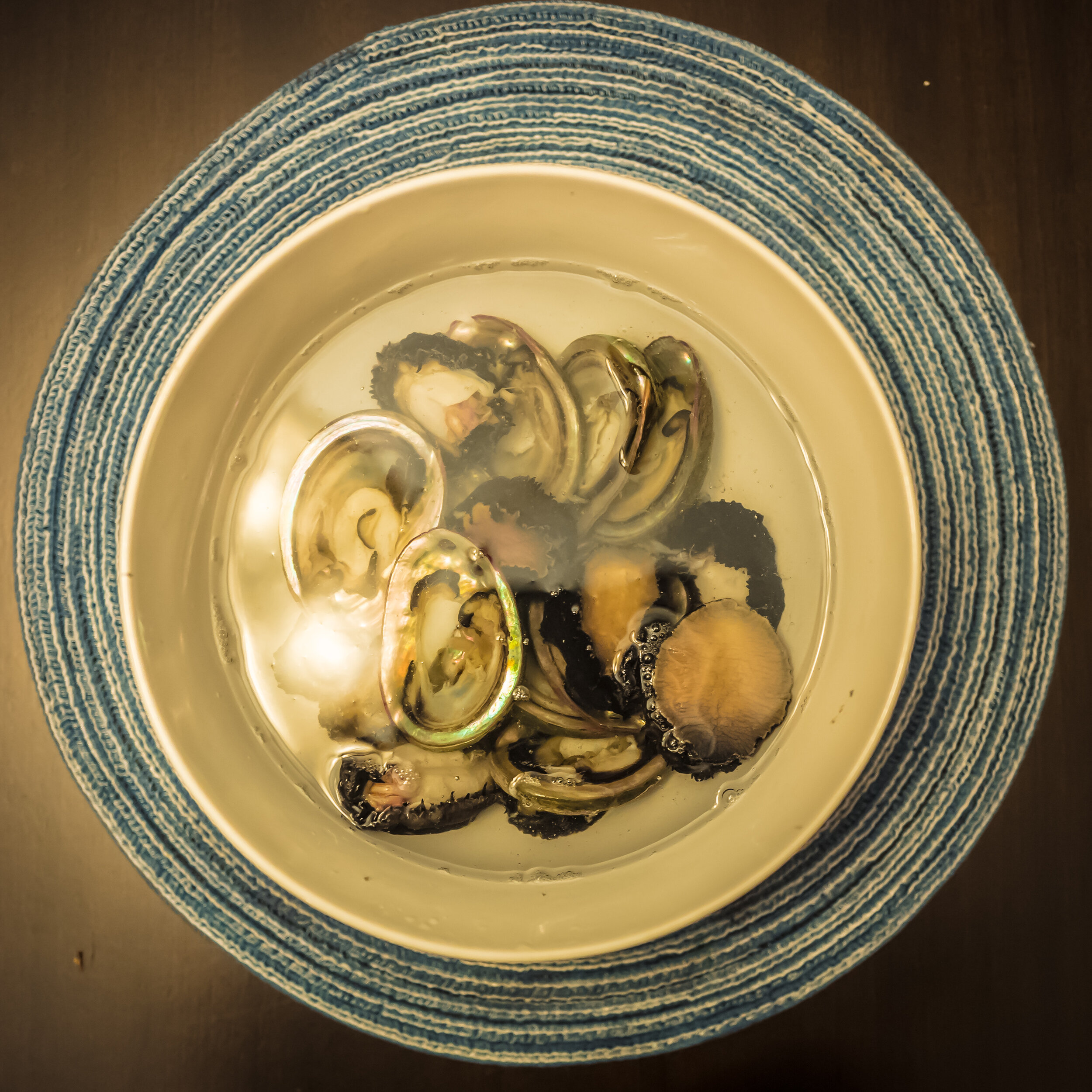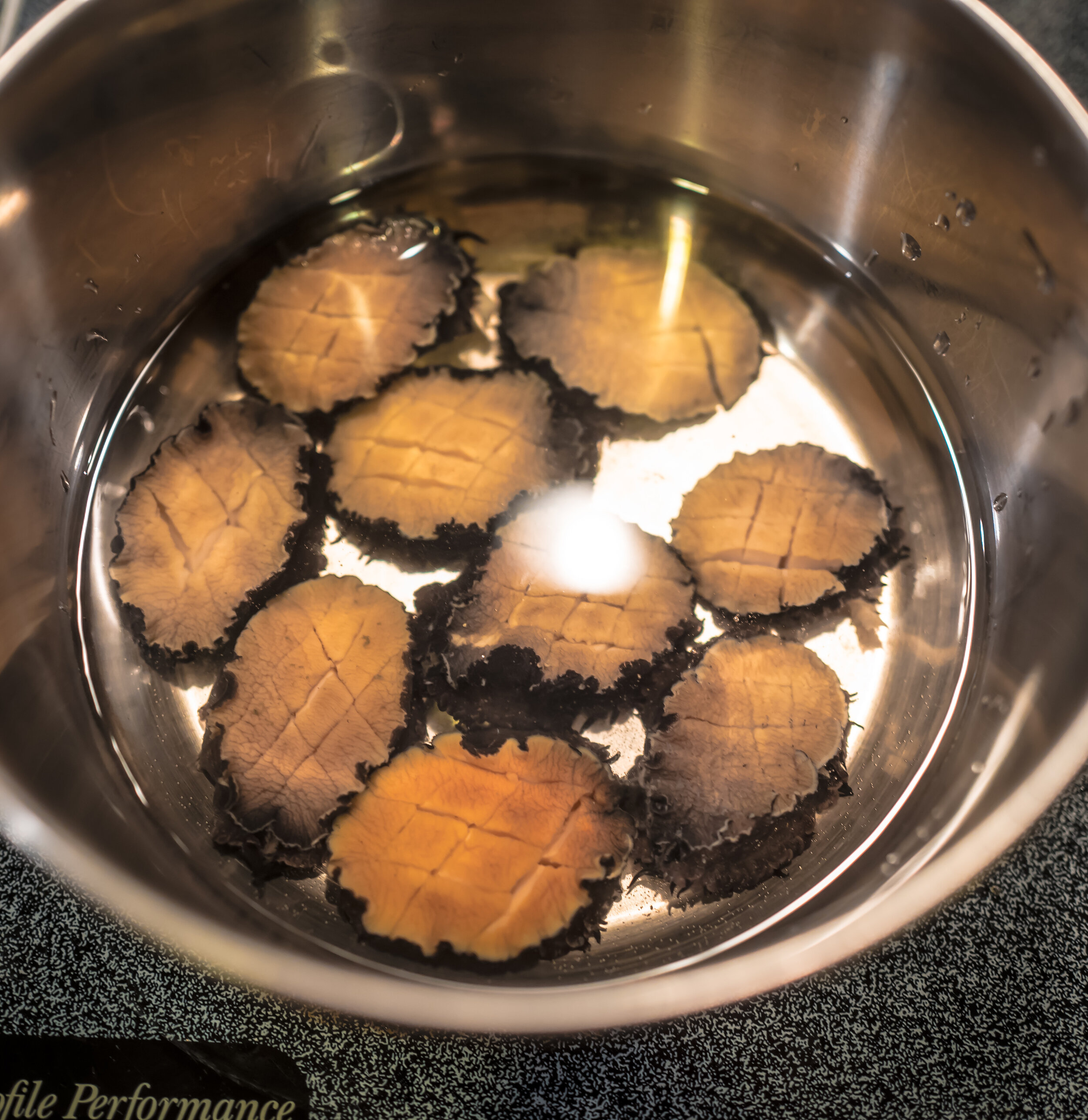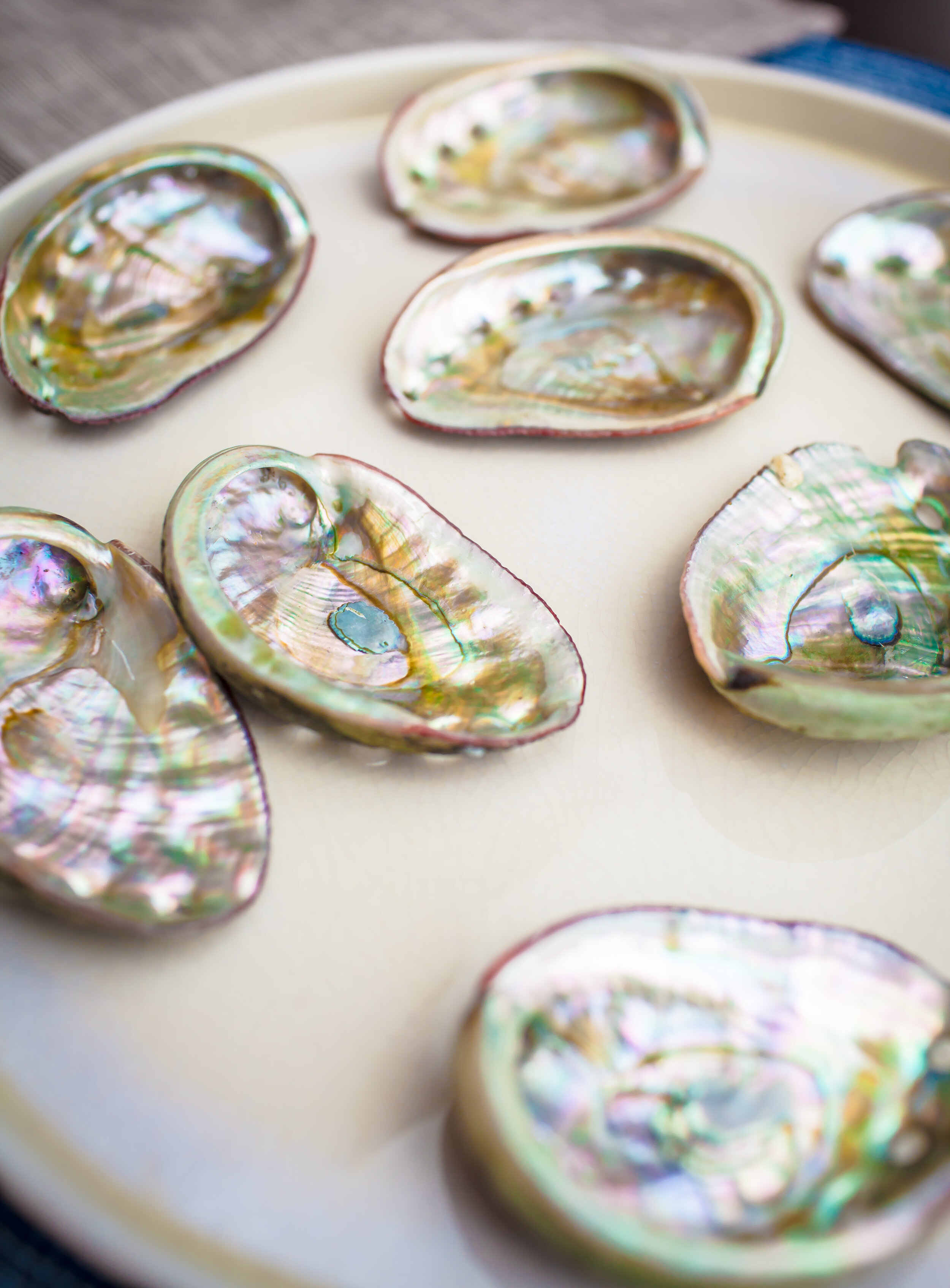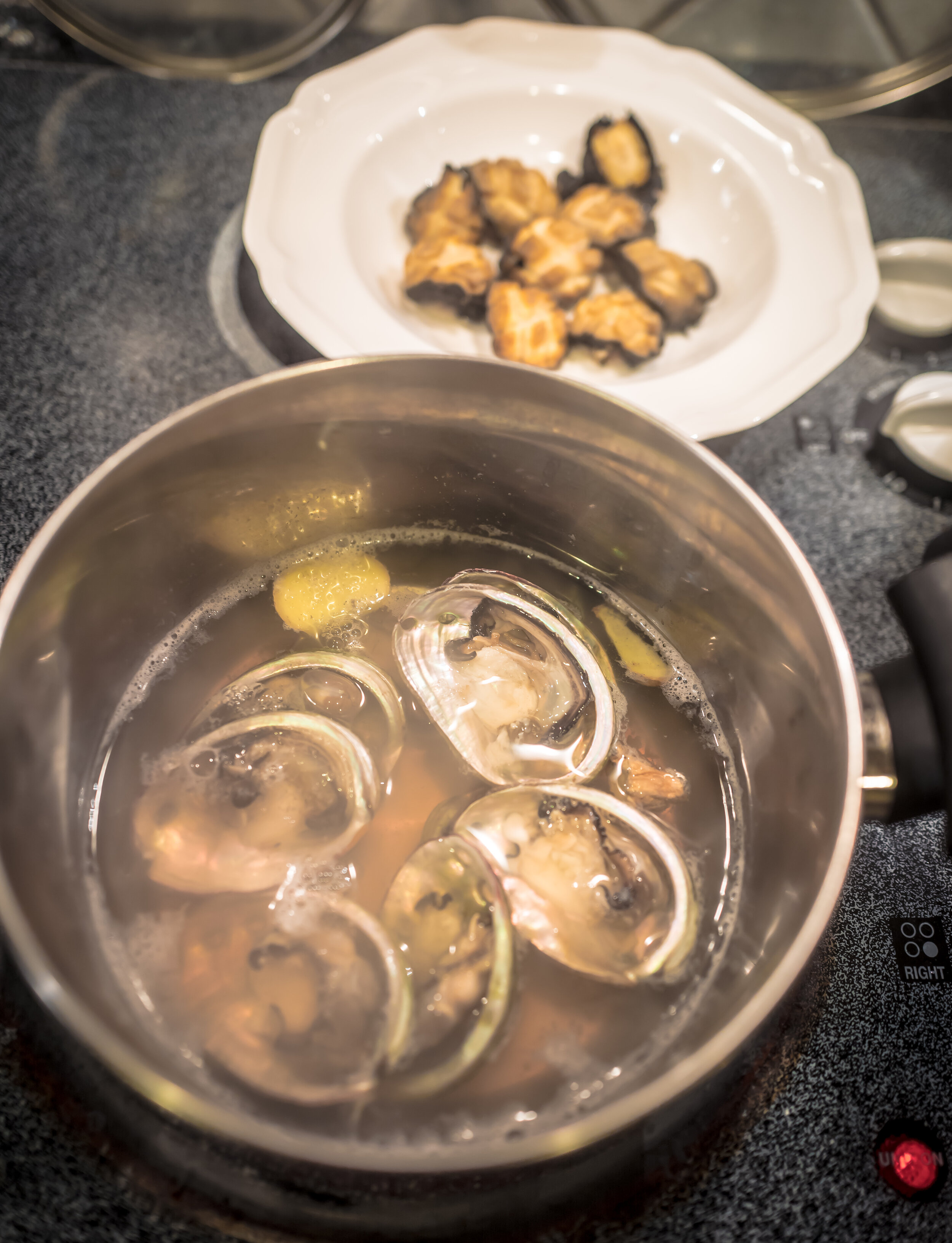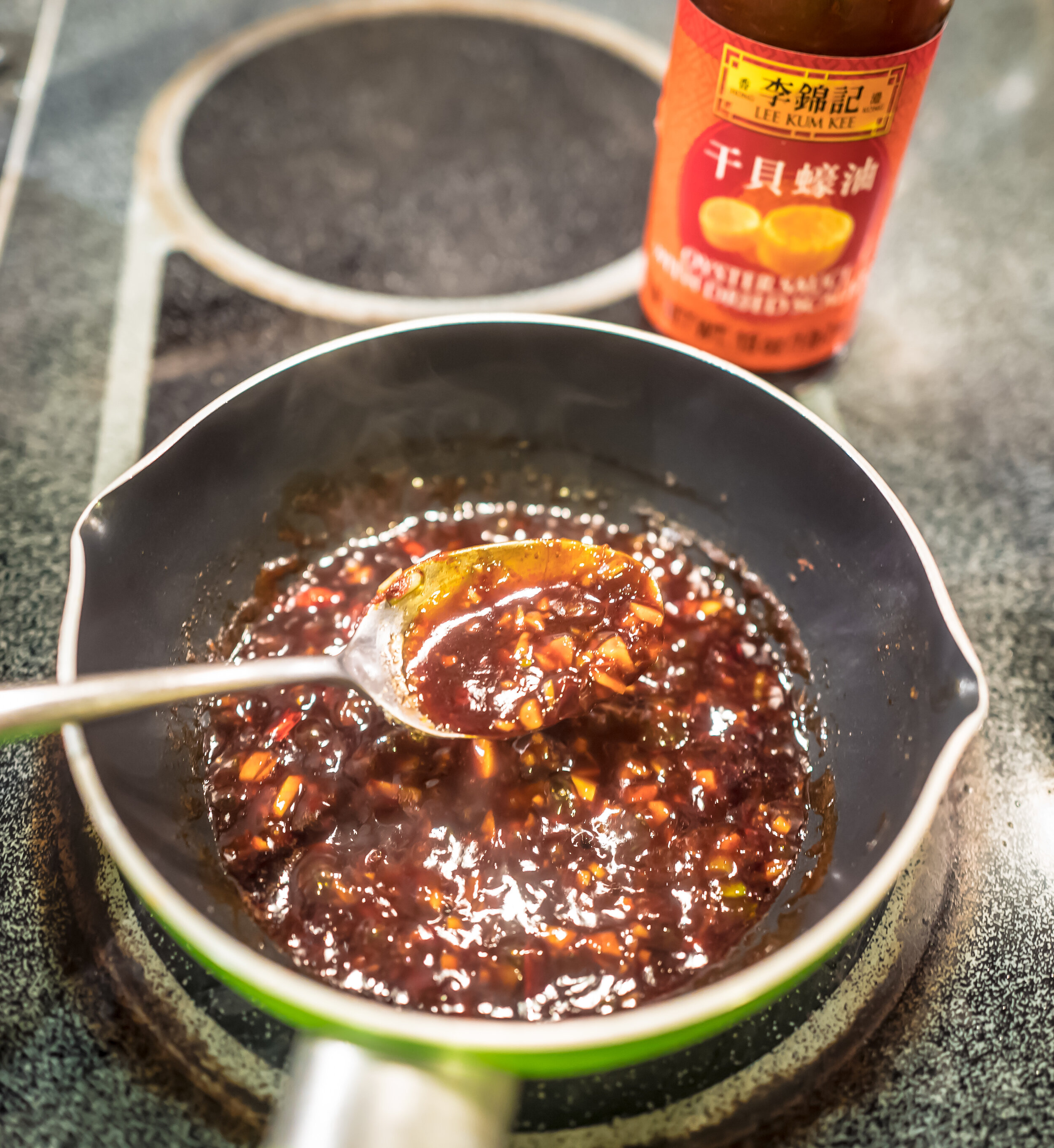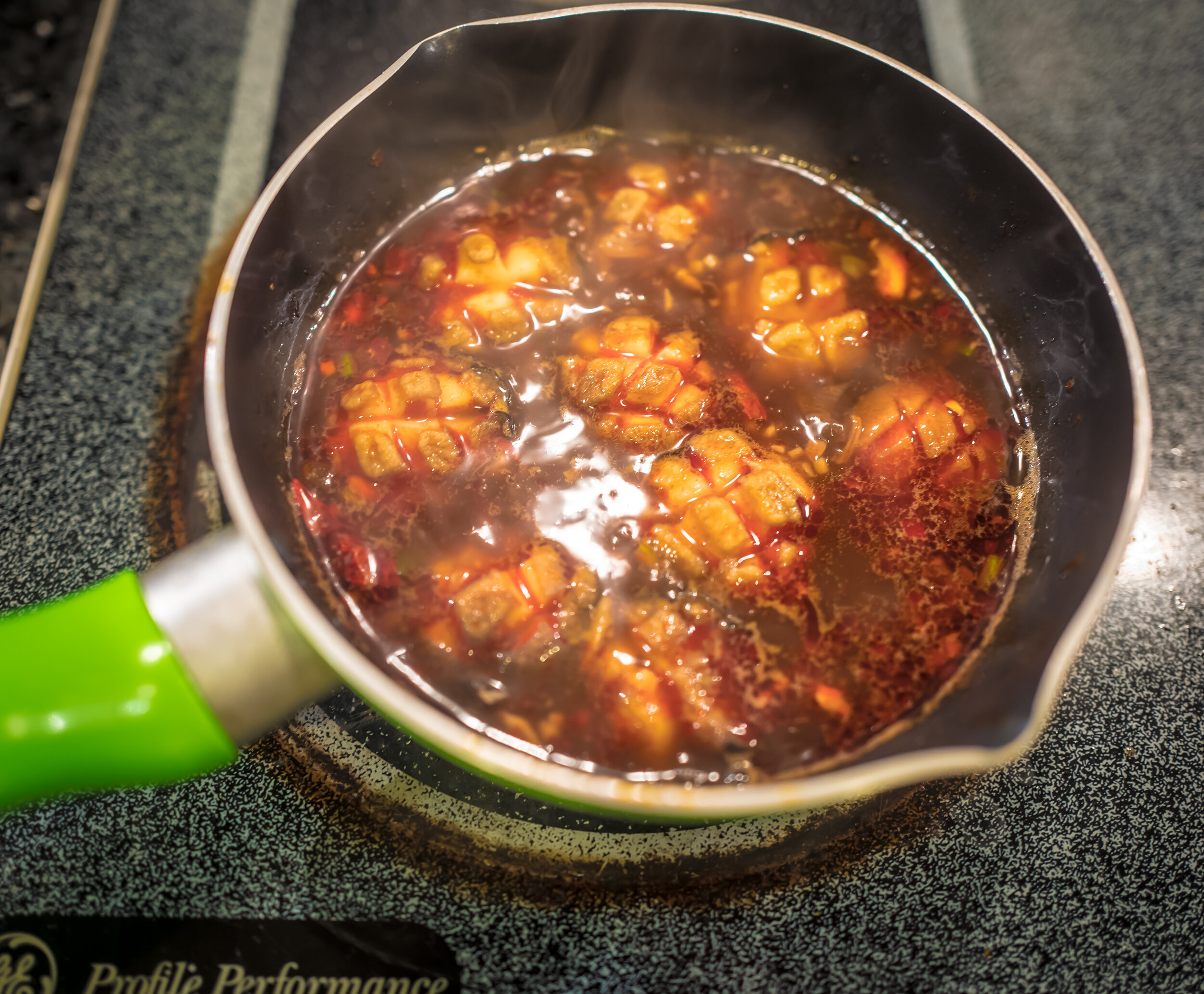Braised Abalone & Barolo
/Abalone is a unique variety of seafood that oftentimes regarded as luxury food around the world. Today, let’s recreate this famous Chinese dish at home - Braised Abalone (红烧小鲍鱼).
The story:
Traditionally, abalone is considered as a symbol of wealth and fortune in China. Braised abalone is a juicy, richly-flavored abalone dish made by authentic Chinese cooking methods - a dish you will find in any upscale Chinese restaurants, often with very expensive price tags. However, that doesn’t mean you have to break the bank to enjoy this dish at home. Just like caviar or truffles, the pricing range varies dramatically. A trip to your local seafood market, Asian groceries (H Mart or Chinatown), or Citarella will get you a half dozen live abalones for under $30.
The food:
Abalone is rich in protein, a great source of Omega-3, also offers selenium - an essential mineral that helps to enhance our immune system. The meat of abalone is stunningly dense in texture that is capable of absorbing the flavors of food/sauce cooked alongside. I believe the best shot of achieving the optimal gastronomic result is by braising the whole abalone - it won’t get the chewy texture if eating raw, while frying tends to overcook it.
In this recipe, we boil the abalone first, then simmer with traditional Chinese seasoning to bring more taste.
Directions:
Ingredients:
1 dozen live, cleaned abalone (Live abalones offer the best tenderness and produce a fresh delicate flavor. If you can’t find live abalone, substitute with frozen, dried or canned abalone)
1 tablespoon soy sauce
2 tablespoon oyster sauce
Minced garlic
Minced ginger
Minced scallion
Chicken or bone stock
Instructions:
Rinse abalones and soak in cold water for 10min; clean the shells thoroughly (use a spoon or brush if needed), save for later use as decoration
Take a small knife, make some slits crosswise on the flat (bigger) side of the abalone, this helps to enrich the flavor. Be careful not to cut off the abalone.
Transfer abalones into a pot with cold water, just enough to cover them. Bring to boil then turn medium heat - let it cook for 5 min - to get rid of the unpleasant “fishy” taste.
Remove abalone from the pot. You can also bring the shells to the boiling water for 5 min to sterilize.
Take a small saucepan, add a tablespoon of oil, add minced garlic and ginger. Low heat until fragrant, then add the oyster sauce, soy sauce, cook for 3min.
Add the cooked abalones and your desired stock to cover them. Bring to boil then medium-low heat, stir occasionally until the soup is noticeably reduced and thickened. This takes about 5-8min.
Take out the abalones, place them in the shells on the plate.
Use a small spoon to pour a little soup on the abalones. Sprinkle with scallions and dried red pepper if you prefer a little spicy kick. Voila!
The wine:
Viberti Bricco delle Viole Barolo Riserva 2010
The story of the winery begins when Cavalier Antonio Viberti bought the vineyard and started to produce wine in 1923. Bricco delle Viole Riserva is crafted from an estate-owned single vineyard in limited quantities exclusively in the finest vintages. The wine is structured, yet delicate, showing aromas of mainly black fruit and mixed spices. Hints of earth, wildflowers, chopped mint that carry over to the palate, along with some clove as well as mineral notes. Drinking beautifully now, while clearly has a long life ahead.
The pairing:
The mint aromas, mineral scents from the wine to me is the cue for seafood that has a stronger flavor. The unique texture and aromas from the abalone balanced wonderfully with those notes. I also enjoyed the little kick from the dried red pepper along with the earthy, polished finish of the wine!
You can’t miss this dish if you are a Chinese cuisine lover. Enjoy!



